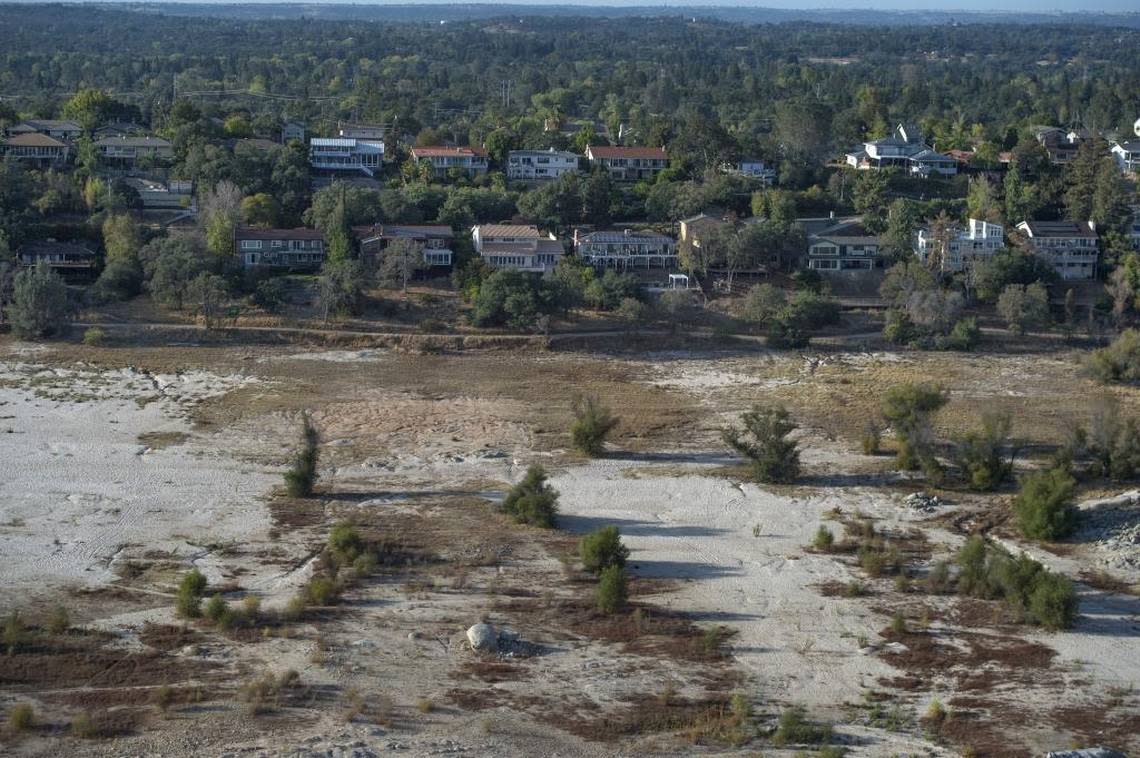Sacramento has too many water districts to prepare for climate change. Time to merge | Opinion

The Sacramento region’s big climate change threat is water - either too much during floods or not enough to satisfy regional demands. Our biggest problem in preparing for a drought is pretty simple. It’s local government, way too much of it.
Surviving long droughts means jointly preparing to store more water underground in wet years because our rivers will provide less. And that demands a seamless regional water plan to start preparing.
But Sacramento County alone has 14 water districts north of the American River. That’s way too many. And none have agreed to merge for nearly a generation, endangering the future water reliability of their ratepayers while driving up costs created by way too many fiefdoms.
After a series of merger efforts that failed due to board members who did not want to lose their local power, an era of consolidations may finally be upon us in Sacramento County. The two largest water districts north of the American have agreed to discuss combining yet again. And one of the smallest is on a path to joining one of the biggest because a slew of financial and water problems.
Opinion
For Dan York, a 40-year water veteran and general manager of the Sacramento Suburban Water District, merging forces makes all the sense in the world.
“To be honest,” he said, “the biggest challenge is the governance aspect of it. When it comes down to it, it’s the boards who vote.”
Sacramento Suburban is the product of the last merger of water districts in the north half of the county, some 22 years ago. The 40,000-connection district, serving some 200,000 residents, combined the previous Northridge and Arcade water districts.
Granted, this marriage initially got off to the worst of starts - first-class travel by the boss, and extra pay outside of the payroll system for the top two ranking people, which led to legal trouble with the Internal Revenue Service. It led to a new management and board majority that realized it had way too many wells for use in wet years. Sacramento Suburban began to dramatically lower pumping in wet years and relying on abundant river supplies. That led to more stormwater naturally percolating into the ground.
“We have banked over 240,000 acre-feet of water by doing that,” said York, of a water strategy known as conjunctive use. Put another way, in the last 22 years, Sacramento Suburban has banked enough water for the equivalent of seven years.
Separate water agencies in Carmichael, Fair Oaks, Orange Vale and Citrus Heights all exist as silos that cannot remotely achieve the groundwater banking or any economies of scale that Sacramento Suburban is achieving. Maximizing the potential of these systems only happens by merging them and making the investments that prove most cost-effective on a broader, regional scale.
Sacramento Suburban began trying to merge with the nearby San Juan Water District, which provides water to 150,000 residents in Sacramento and Placer counties. By 2015, the entire San Juan board was ready to merge, said York, but the Sacramento Suburban board backed away in a 3-2 vote.
Three years later, the two started talking again. Seven agencies in all agreed to talk. In 2020, Sacramento Suburban and the Carmichael water districts hired a consultant to analyze a possible merger. But then the Carmichael board this March voted to walk away.
The merger should have been a no-brainer, but politics of the silliest kind got in the way.
Five residents of Carmichael get to sit on the local water district board. Only one would likely sit on the Sacramento Suburban board if the two districts merged. “I think that issue affected the attitudes of the Carmichael board members themselves,” said Paul Helliker, general manager at San Juan.
Meanwhile, a shotgun marriage of sorts is underway.
The square-mile Del Paso Manor Water District, subject of a blistering 2021 Sacramento County grand jury report for a host of water quality and management problems, is in the process of dissolution by a county commission. With no other viable option, it is now in merger talks with neighboring Sacramento Suburban. Their two joint meetings to date have gone “very well,” York said.
Sacramento Suburban is also talking to San Juan again. If they merge, they create a regional water agency of about 400,000 residents. And then, hopefully, the rationale to fight climate change together, rather than apart, begins to make sense for the smaller agencies north of the river that will struggle to go it alone.
Water is all about preparing for future generations and asking the current one to make the right investments and decisions. “Our board is really concerned about 50 years down the road,” said York. “What does it cost a customer to pay your water bill and make sure there’s water?” The answer is one water team for the American River, not 14. And the political courage and wisdom of today’s leaders to get there.

